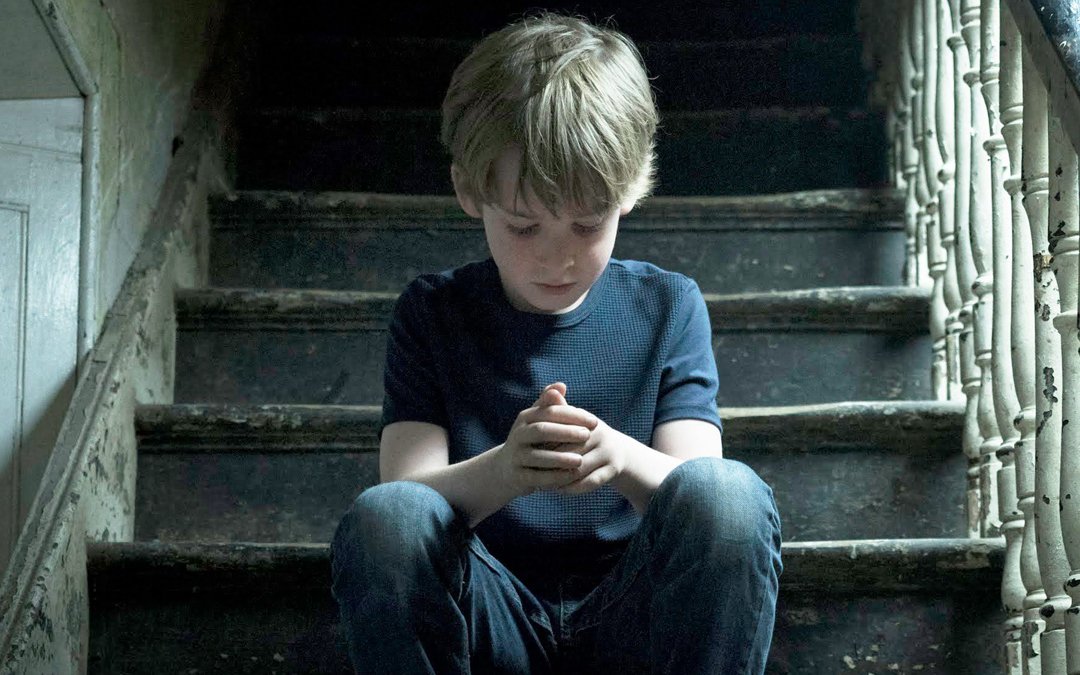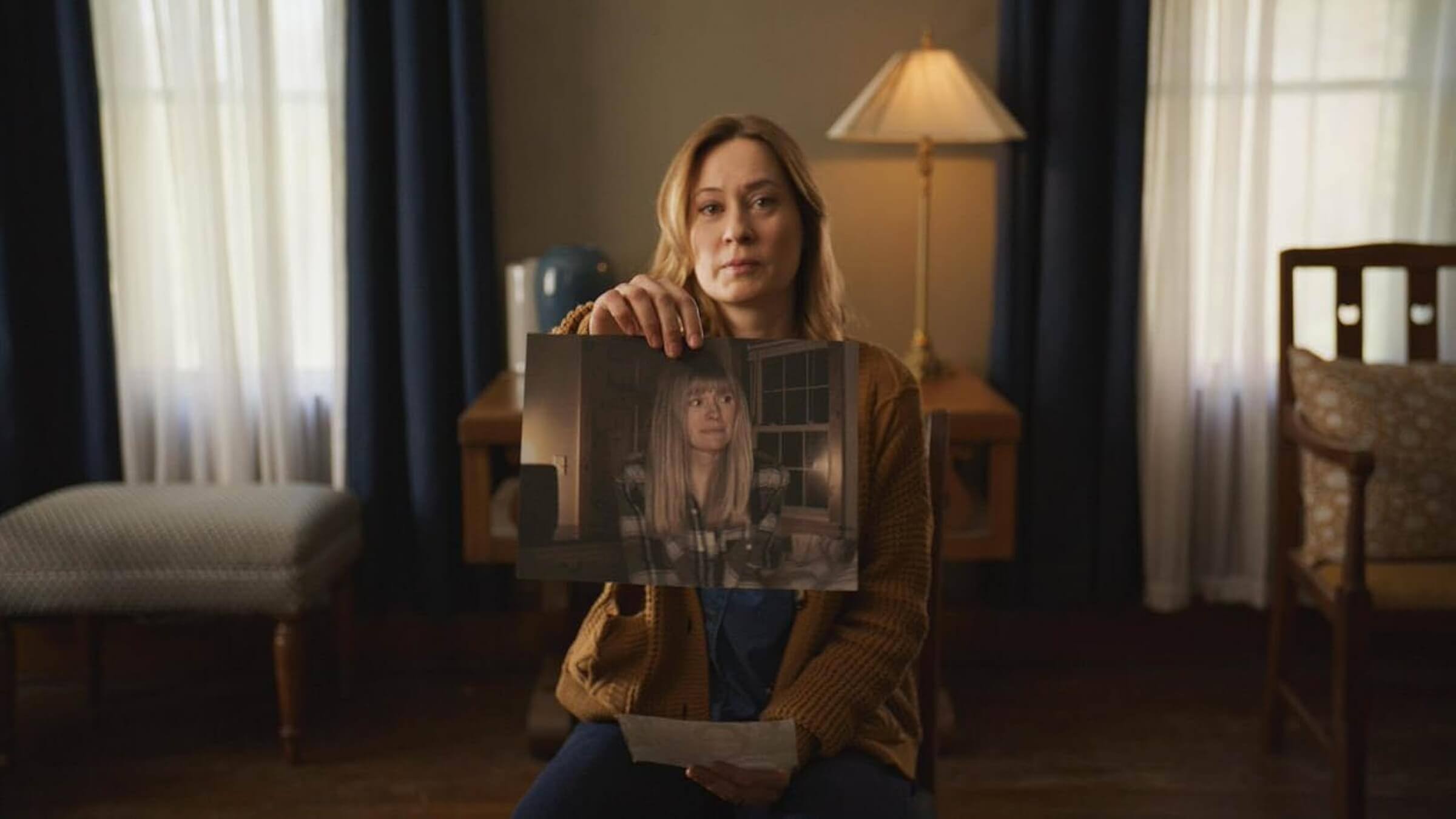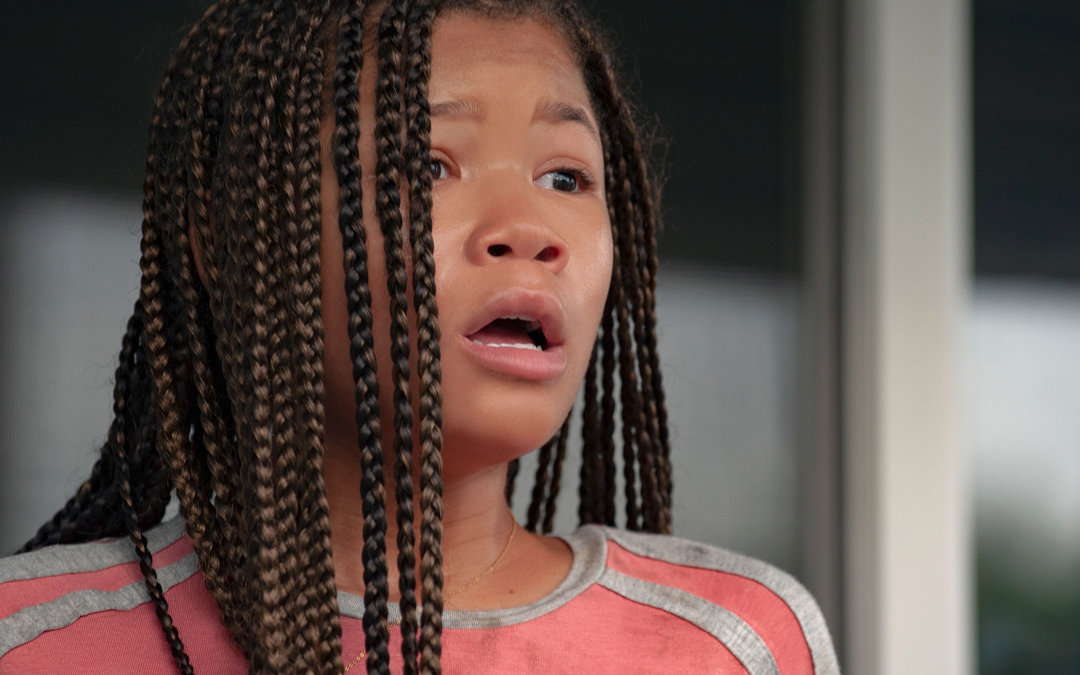Writer-Directors Travis Cluff and Chris Lofing on Resurrecting Their Curse in 'The Gallows Act II'
October 30, 2019
New horror flick The Gallows Act II from writer-directors Travis Cluff and Chris Lofing is a follow-up to the team’s 2015 The Gallows, which follows students who accidentally resurrect the past in a school play to horrific consequences.
Similarly, The Gallows Act II is about a young actress, Auna (Ema Horvath), who stumbles upon the legend of a cursed stage play, “The Gallows”, through a viral challenge in which participants of the “Charlie Challenge” film themselves daring the vengeful spirit of Charlie—the source of the curse—to come and get them. A monologue from the play gives Auna a chance to realize her acting ambitions, but triggers the curse, endangering everyone around her.
The Gallows Act II is one of those rare examples of a traditionally shot sequel to a found footage movie. A leap The Blair Witch Project notably tried to make twenty years ago, and stumbled at the time.
“We knew that we wanted to make a different kind of a movie than the first,” Lofing says. “We wanted to break out of the found footage genre. But it was still a matter of, ‘How do we still tie it to the first? How do we please the fans of that found footage genre and style while doing something different?’ From there, it was coming up with a cool story.”
Cluff says that the first Gallows film was, from the beginning, very much an independent production. “The original movie was all on our own. We didn’t have help or support, and we had the tiniest budget that you can imagine—a $100,000 budget.”
“We had a first cut in 2012,” Cluff recalls. “Then we went in and did some re-shoots and other things when we partnered with Blumhouse and New Line. On the Blu-Ray, you can see the original version of the movie. There’s a completely different actress. Cassidy Gifford ended up in the theatrical version.”
“There was [nothing] lighting the way for us to get it to a worldwide theatrical release, which we eventually did get. We utilized the style to the best of our ability, always hoping and knowing that we were going to graduate, so to speak, to regular cinema; the cinematic style that we know,” Cluff concludes.
The Gallows Act II is rated R, as was the first film, though, in that case, the original intention was to aim for PG-13. “We wanted it to play to high school kids,” Lofing says. “And all of the test screenings told us that’s what it should have gotten, or was going to get. No one ever thought that it would be anything but a PG-13. When we got the R-rating, everyone was shocked. No one understood why, or what could be done to combat it, and Blumhouse, especially, was just shocked. New Line had had success with The Conjuring and the Annabelle movies being rated R, so even though the content in ours is really just…scary, and not necessarily gory, they weren’t too worried.”
The filmmakers intended to introduce a fresh take on a horror villain through a hybrid of horror elements with the Gallows films.
“When we first set out to make The Gallows, we wanted to make a villain that was different, something we hadn’t seen before,” Lofing says. “But we actually specifically set out to make a slasher. We wanted something that felt kind of tangible, but also supernatural.”
Cluff adds, “We feel like it’s a new, unique villain, a unique weapon, something we haven’t seen before. It’s not a knife or an axe or a machete. It’s a rope, it’s a noose. And the origin of that—a haunted stage play—that was always interesting to us. We were really leaning to that high school generation, to have them feel, ‘We can’t say the name Charlie in our theater,’ the same way they can’t say ‘MacBeth’ in their theater. Let’s create this play, and let’s have this curse associated with it, that will drive fear after they watch the movie, all the way into their school when they’re at [rehearsal]. We thought that was fun.”
Speaking of the urban legend element, Lofing says, “The Internet is the new stage for this generation, so to speak. It’s pivoting toward the online world; any of these live streams are the stage where people can go to express themselves, sometimes without repercussion, and sometimes with it.”
That generational element also highlights the fraught relationship between Auna and her older sister, Lisa (Brittany Falardeau), with whom she stays while attending her new high school. “A lot of younger people today are really just obsessed with social media, these online challenges, and somebody from the older generation… they don’t get it,” Lofing says. “We wanted to show that juxtaposition of something that means so much to someone is just totally worthless to someone else, and to have that friction within your own family. The actresses who played Lisa and Auna, they did such a great job. And they actually became friends— almost like sisters—on set, that it became very difficult for them to get angry at each other [in character] because they had grown so close.”
Production for The Gallows Act II occurred in and around Fresno, CA, where the filmmakers are based. “Actually, the first Gallows, even though it takes place in Nebraska, we shot all of it in Fresno,” Lofing says. “The town it’s set in is my hometown.”
The filmmakers have a Fresno-based production company, Tremendum Pictures. “We’ve got about five, six movies that we’re doing in the next couple of years, kind of independently in the same way [as the Gallows films],” Cluff says.
Produced by Blumhouse Productions, New Line Cinema, and Tremendum; theatrically released by Warner Brothers, and by Lionsgate Home Entertainment on other media, The Gallows Act II is available On Demand and on Digital worldwide.
Written by: Michael Kuciak
Michael Kuciak is the writer-director of the forthcoming horror film DEATH METAL. He's from Chicago.



